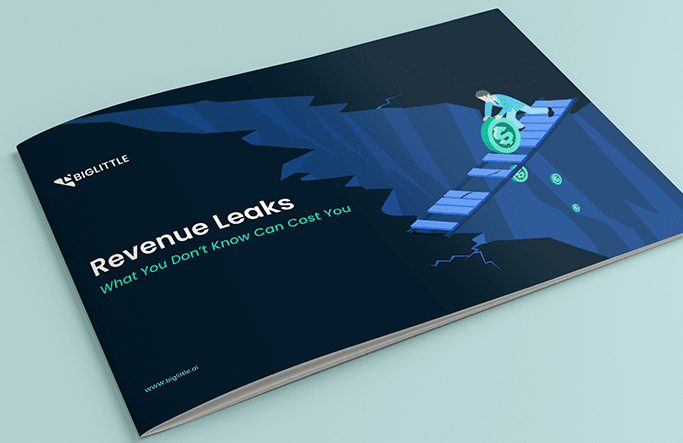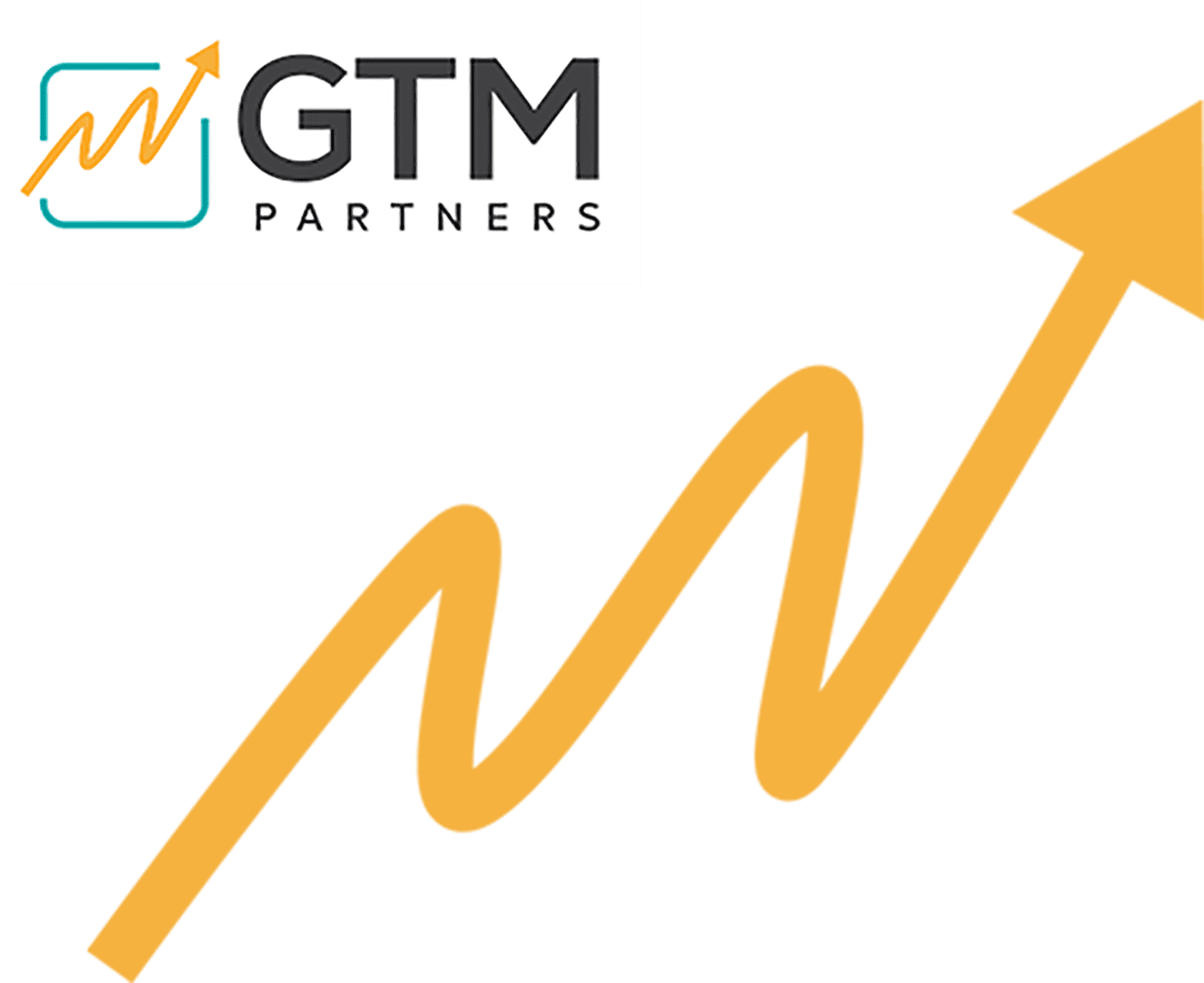Why RevOps teams need to take a closer look at Pipeline Velocity
Keep your revenue pipeline clog-free and smooth flowing
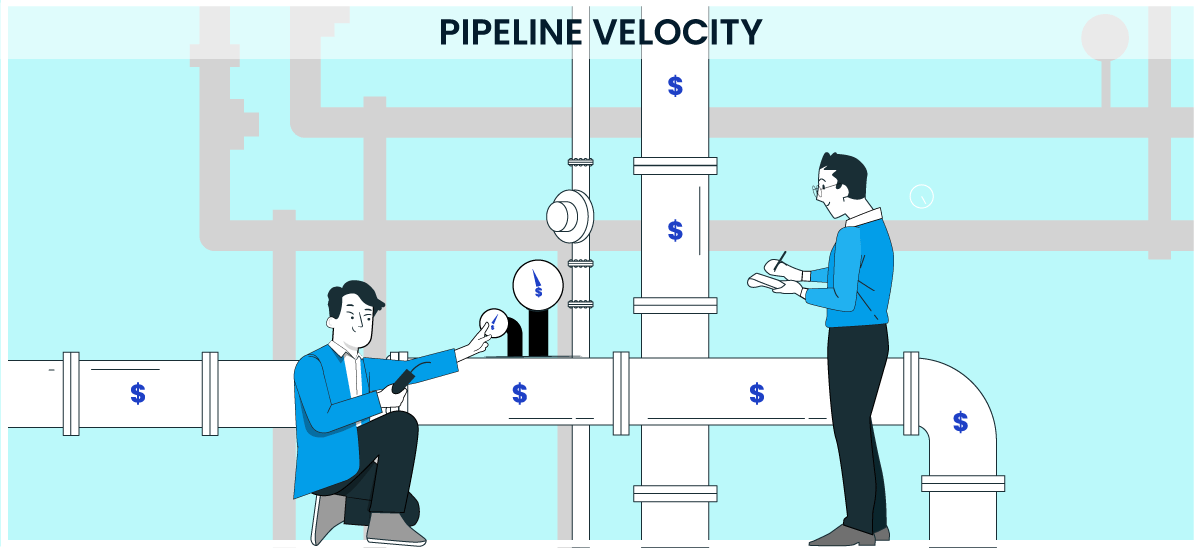

What is Pipeline Velocity?
Gartner defines “Pipeline velocity” as the “speed by which qualified leads move through a sales pipeline”. Just as velocity in the physical sciences tells you the distance an object has moved in time, pipeline velocity tells you the amount of revenue you stand to make daily given your average deal size, your win rate, and the average duration of your sales cycle.
Say the number of SQLs (Sales Qualified Leads) in your pipeline is 200, your win rate (the rate at which you close deals), 25%, and your average contract value (ACV) on these SQLs is $25,000. If the average duration of your sales cycle is 30 days, the pipeline velocity is
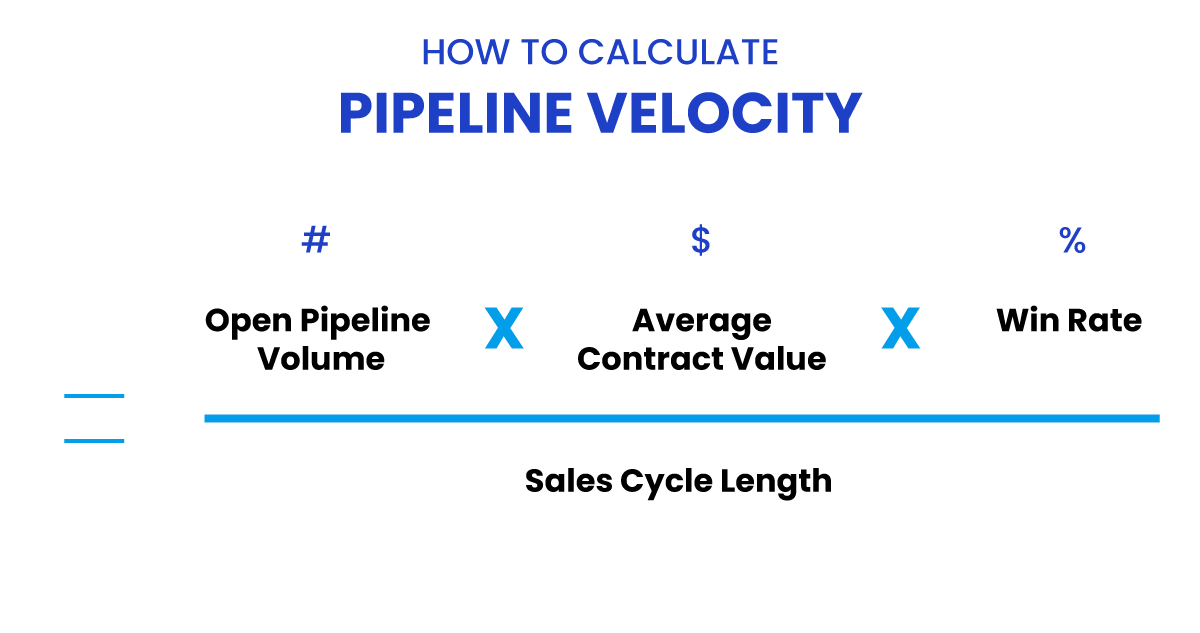

Pipeline Velocity = (# of SQLs x Average Contract Value x Win Rate ) ÷ Sales Cycle Duration
Plugging in our numbers,
Pipeline Velocity = (200 x $25,000 x 25% ) ÷ 30 Days= $41,666.67
In this case, the pipeline velocity is $41,666.67.
Why Pipeline Velocity edges out other metrics
Apart from allowing you to benchmark the performance of your sales team, pipeline velocity tends to be particularly revealing as it is a compound metric. Since it tracks the consequences of the changes in contributing metrics, the big picture is always foregrounded. It also enables accurate sales forecasting, as the simulation is based on live sales data, not just estimates from sales representatives.
However, there are disadvantages to analyzing your sales performance through a single number without understanding its constituent factors.
Let’s say your company has inducted a new set of partners which has led to an increase in the number of SQLs—however, with less enabled partners, your win rate decreases. These two might balance out, leaving the pipeline velocity relatively unchanged, obscuring important information about underlying factors.
This is precisely why, to improve pipeline, RevOps teams need to understand pipeline velocity at a granular level.
How to Maximize Pipeline Velocity
Pipeline velocity depends on the number of SQLs, the Average Contract Value (ACV) on your deals, your win rate, and the duration of your average sales cycle.
Open Pipeline Volume
Pipeline velocity is directly proportional to the number of SQLs in your pipeline, which in turn depends on the number of MQLs (Marketing Qualified Leads) that your marketing team is able to bring in, your MQL-SQL conversion rate, and the conversion duration.
To improve pipeline volume, it is important to go beyond dashboards and study how leads flow to SQL, at different conversion rates and time durations . Understanding which campaigns and lead sources are driving pipeline creation from different upstream stages fastest and at the highest conversion rate is crucial to prioritize investments in marketing.
Improving sales and partner-generated pipeline the same way is also critical to improving overall pipeline volume.


Win Rate
Win Rate, or the percentage of deals you close successfully, is influenced by a combination of internal factors like sales rep performance and product competitiveness, and external factors like buyer preferences and which incumbents and competitors are in the account.
To improve win rate, it is useful to analyze won and lost opportunity cohorts by sales rep, competitor, region, price band or industry. RevOps tools that can facilitate that will be able to reveal which area of the pipeline is leaking, to whom and why, and how this varies in time.
Improving sales rep performance, focusing investment on winning cohorts and influencing factors are key to improving Win Rate.
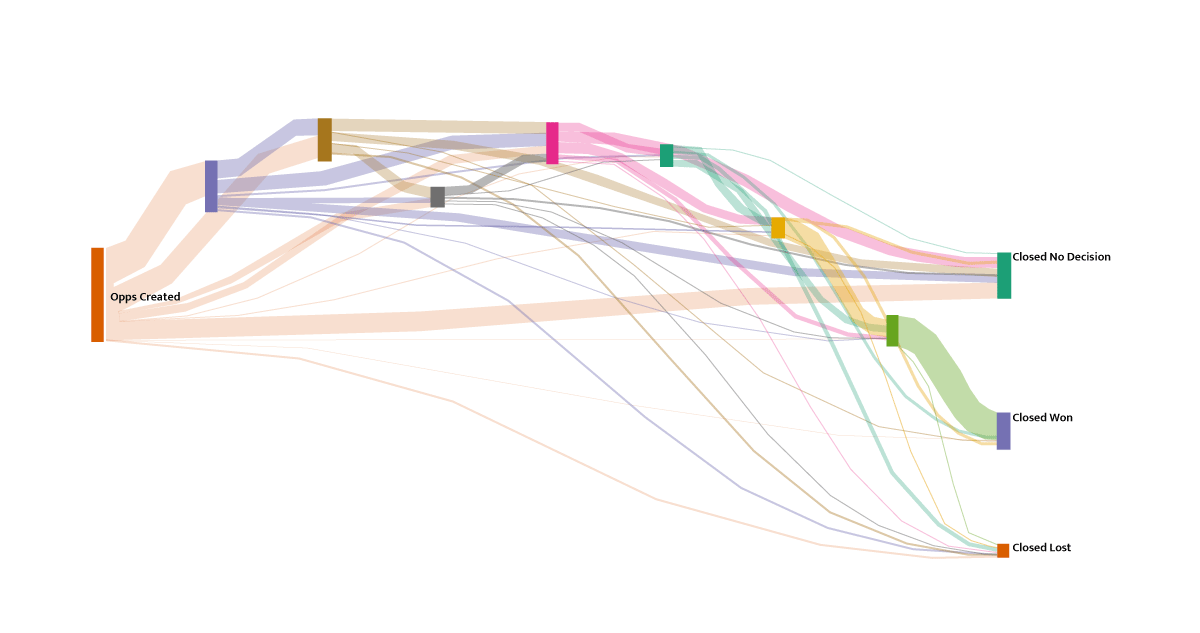

Average Contract Value
The Average Contract Value depends on the size of your customer’s organization, the Sales team’s region-specific discounting controls, and the amount of upsell and cross-sell opportunities capitalized on by the Sales team.
To optimize ACV, teams must ensure that the quality of pipeline is optimal. ACV can be improved by having reps target larger deals, enlarging existing deals and increasing the conversion rate for larger-sized deals.
Average Sales Cycle Length
Larger deals will naturally have longer sales cycles. However sales process issues such as inadequate opportunity qualification, deal stagnation, and close date deferrals need to be identified and remediated. Since sales behavior is controllable, RevOps tools that monitor opportunity progression and trigger alerts at missteps can streamline ops and reduce cycle duration
| Optimizing Pipeline Velocity | |||
| Open Pipeline Volume | Win Rate | Average Contract Value | Sales Cycle Length |
|
|
|
|
Optimizing Pipeline Velocity: A Summary
RevOps Best Practices For Managing Pipeline Velocity
Cutting edge RevOps tools will enable you to deconstruct pipeline velocity and improve its constituent components to improve sales performance. Here’s a summary of what you should introduce into your RevOps process for managing PV.
1. Go beyond dashboards to flows
RevOps teams need to go beyond dashboards that only give you data at a single point in time. You need to focus on specific questions—what opportunities are converting for each cohort? At what rate? For what Deal Size or ACV? And, in how much time?
2. Set up real-time tracking
Relying only on old data will lead to outdated analysis, flawed models, and bad forecasting. For shorter, efficient, and more profitable sales cycles, RevOps teams need to be agile, track pipeline velocity and its constituent components in real-time , finding and fixing issues early.
3. Leverage cutting-edge AI
AI-based insights can increase deal size by identifying potential additional products, creating opportunity cohorts with the maximum potential product set for each market segment and customer.
4. Cohort analysis
RevOps tools that allow you to deconstruct metrics, perform win-loss analysis for each sales representative and market segment, and compare performance with competitors and incumbents give you a formidable edge in a volatile market.
Successful sales strategizing is not just about a number—it is about setting up a system through state-of-the-art RevOps tools that drives continuous improvement by laying down a framework for you to track and remediate underlying issues and control your pipeline.
BigLittle Is Helping Empower The New RevOps
Look for RevOps tools that will enable you to ascertain if your investments in these campaigns will convert to pipeline within the duration that you envision.
At BigLittle, we are helping define and build this future of RevOps. We are the Intelligence and Orchestration layer for RevOps teams and can track and triage all revenue processes end-to-end across marketing, sales, and customer success operations. By working with and at a level above the operational tools, we can help RevOps teams to avoid alert fatigue and insight storms by streamlining revenue processes across sales, marketing, and customer success.
Get in touch with us to know more.

